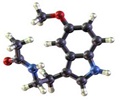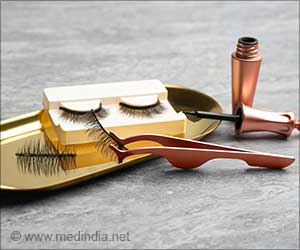According to the project 'sensation' a multipurpose sensing platform is being developed to take sleep research to new heights.
According to the project 'sensation' a multipurpose sensing platform is being developed to take sleep research to new heights. This involves 46 partners from 20 different countries. The device that is used to measure sleep consists of 17 micro sensors and two nano sensors, connected through a local area network. The sensors are placed in various areas such as mattress, pillow, textiles, wrist straps, seat linings and the frames of glasses. This would enable the patient to give proper data without the patient not going to the hospital. Dr Evangelos Bekiaris, project coordinator says that the hospital tests are costly and since monitoring sleep cannot be done in your home environment they are not as reliable but this sensing device comes very handy.
Wirelessly integrated through a computer network they will measure the patient’s brain activity, heart rate, eye and muscle movements during your waking and sleeping hours. The data will be collected and transferred to a local area network and then sent to the hospital for analysis. The main advantage of this device is that they can be used for safe monitoring and early warning of people while driving or supervising a critical task, like the operators of nuclear power stations or air traffic controllers, before they fall asleep and cause an accident. According to statistics about 25 % of the traffic accidents in the UK and 40% in the US occur as a result of driver’s fatigue. But with the help of this device one can reduce this to a small percent. This technique would alert the person before he falls asleep. It could be used to monitor babies and prevent cot death, or in sleep management, to evaluate your own sleep.










